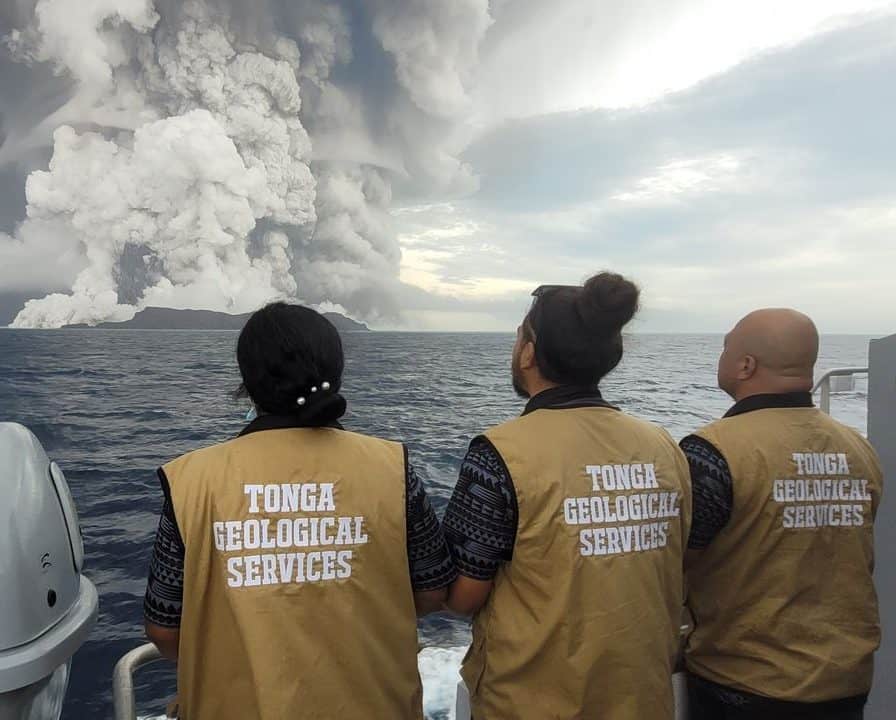The Home Reef volcano – found in the Central Tonga Islands – erupted this month and within hours, the Earth’s newest land mass had formed.
Lava from the volcano was cooled by the ocean water, forming the island, which grew in size over several days as the lava continued to flow.
On September 14, scientists at Tonga Geological Services announced the island covered around 4000sq m and its elevation was 10m above sea level. But by Tuesday last week, September 20, it had grown to 24,000sq m.
The eruption, which began on September 10, carried on until at least last Friday, September 23, when Tonga Geological Services confirmed on Facebook that it “poses low risks to the Aviation Community and the residents of [nearby island groups] Vava’u and Ha’apai”.
“No visible ash in the past 24 hours was reported,” the post reads. “All mariners are advised to sail beyond 4km away from Home Reef until further notice.”
However, according to Nasa Earth Observatory, the baby island might not be here to stay.
“Islands created by submarine volcanoes are often short-lived, though they occasionally persist for years,” the agency’s Earth Observatory said in an update about the new island.
“Home Reef has had four recorded periods of eruptions, including events in 1852 and 1857. Small islands temporarily formed after both events, and eruptions in 1984 and 2006 produced ephemeral islands with cliffs that were 50 to 70 metres high.
“An island created by a 12-day eruption from nearby Late’iki Volcano in 2020 washed away after two months, while an earlier island created in 1995 by the same volcano remained for 25 years.”
Nasa Earth Observatory explained that in the southwest Pacific Ocean, “a seafloor ridge that stretches from New Zealand to Tonga has the highest density of underwater volcanoes in the world”.
It said Home Reef sits within the Tonga-Kermadec subduction zone, where three tectonic plates “are colliding at the fastest converging boundary in the world”.
“The Pacific Plate here is sinking beneath two other small plates, yielding one of Earth’s deepest trenches and most active volcanic arcs”.
